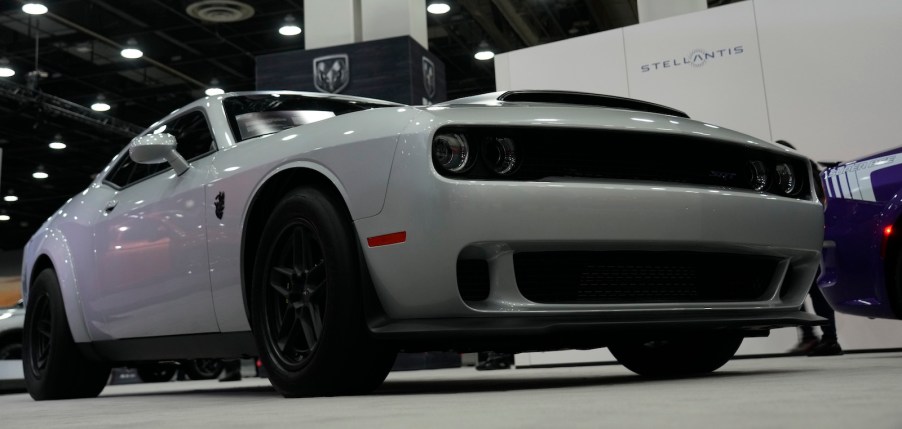
At 73-Years-Old the Hemi V8 Is Officially Dead: Dodge Returning to the Older Straight 6
Dodge’s Hemi V8 is the best-known engine to ever come out of Detroit. The first generation of this V8–with its unique hemispherical combustion chamber–debuted in a 1950 Chrysler as an upsell of the straight six engines that were common then. Now, 73 years later, the Hemi V8 is officially dead, and Dodge is returning to the I6.
On Friday, December 22nd the final Dodge Challenger rolled off the Brampton Assembly Plant’s production line. It was an SRT Demon 170 rated for 1,025 horsepower and finished in Pitch Black. Dodge has unveiled a new Charger, with both electric and internal combustion hybrid powertrains it hopes to roll out some time in 2024. But as far as we know, this Demon 170 is the final Dodge Challenger.

Dodge is one of the 15 brands that make up Stellantis. The international conglomerate may retire marques that haven’t proven they can remain competitive for future generations. This is one reason we’re seeing Dodge, Jeep, Ram, and Chrysler electrify rapidly. Stellantis plans to build all future muscle cars for the North American market on the “STLA Large” shared chassis which is not engineered for V8s–or any non-hybrid powertrains.
While the Stellantis Plant in Brampton, Ontario built the final Chargers and Challengers, the Stellantis car plant in Windsor, Ontario was already offline and being retooled for the next generation of hybrids and EVs. Photos leaked from Windsor show multiple fastback coupe bodies for the 2024 Dodge Charger on the factory floor. At least some of these will have an internal combustion engine. We expect they’ll be packing an eTorque version of the turbocharged Hurricane I6 which is rated for up to 540 horsepower.
A 500+ horsepower two-door Charger? Add a manual transmission option and suspension on-par with Alfa Romeos (which now share the same chassis), and you have a muscle car sporty enough to attract an all-new generation of lifelong fans.
But there are others who say it won’t be a Dodge without the rumble of a V8. And while there were I6 Dodges before the Hemi, and there will be I6 Dodges after the Hemi, 73 years is a long time.
Next, find out whether straight six engines actually make more torque or learn about the history of the Hemi in the video below:






